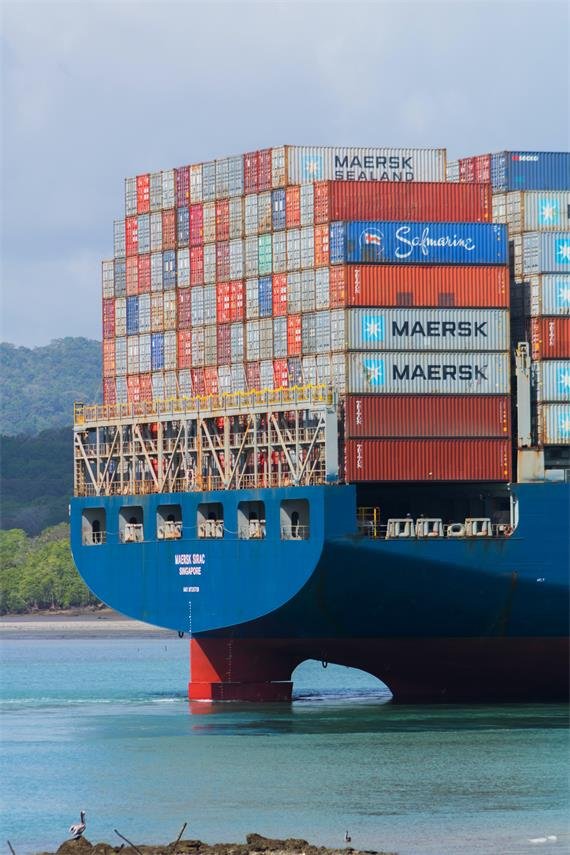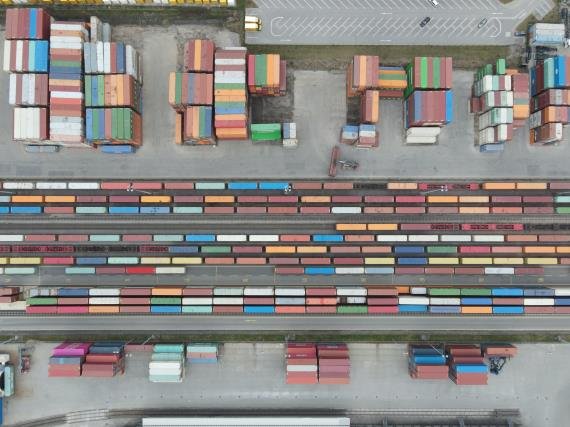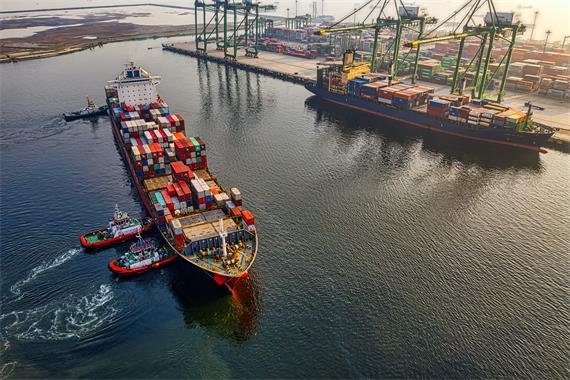How to Reduct the Costs of Buying from Multiple Suppliers

How to Reduct the Costs of Buying from Multiple Suppliers
In today’s globalized world, imports and export play a vital role in the growth and development of businesses. The ability to source goods from different parts of the world has opened up new opportunities for companies of all sizes, allowing them to access a broader range of products at more competitive prices. However, importing and exporting goods can also be complex and costly for sellers. One of the biggest challenges sellers may face is navigating the costs of buying from multiple suppliers.
When it comes to purchasing goods, many sellers may find that they can get a better price by buying from multiple suppliers rather than just one trading company. It is often the case when the seller wants to purchase a variety of products that are not available from a single supplier. However, buying from multiple suppliers can also come with its own set of challenges.
China, in particular, has become a significant player in the global trading scene, with many sellers looking to source goods from this country. China’s manufacturing sector is well-known for its low labor costs and high productivity, making it an attractive destination for businesses looking to import goods. However, buying from Chinese suppliers can also come with challenges, including the cost of basic freight for each shipment. It is because China is a vast country, and sometimes the suppliers are located far from each other, leading to higher freight costs.
In this blog post, we’ll explore the challenges of buying from multiple suppliers, particularly from China, and discuss some strategies for mitigating the costs associated with this approach. We’ll also delve into the significance of import and export in today’s global village and the importance of China in trading. We’ll look at how businesses can take advantage of the opportunities presented by global trade while minimizing the costs and complexities associated with sourcing goods from multiple suppliers.
The Challenge of Buying from Multiple Suppliers in China
When it comes to sourcing goods from China, many sellers may find that they can achieve cost savings by purchasing from multiple suppliers rather than just one trading company. That is often the case when a seller wants to diversify their product portfolio or buy a variety of products that are not available from a single supplier. However, this approach also presents its own set of challenges.
We have enlisted a few significant challenges a business may face while importing from multiple suppliers in China.
- Freight Cost – One of the biggest challenges is the cost of basic freight for each shipment. When a seller buys from multiple suppliers in China, they may have to pay for shipping for each shipment rather than just one. That can add up quickly and be a significant expense for the business.
- Logistics – Buying from multiple suppliers in China can also create logistical challenges, such as coordinating the delivery of goods from suppliers located in different regions of China. Furthermore, ensuring that all suppliers are legitimate, have good quality products, and meet legal requirements can be difficult. Businesses must verify suppliers’ legal status, production capabilities, and compliance with industry standards before finalizing any deal.
- Language barrier – Many suppliers in China may not be fluent in English, which can make it difficult for businesses to communicate effectively with them. It can lead to miscommunication and mistakes, leading to delays and increased costs.
In addition, many risks are associated with buying from multiple suppliers in China, such as intellectual property theft, counterfeiting, and fraud. Businesses must conduct thorough due diligence on suppliers, including checking their legal status, production capabilities, and compliance with industry standards to mitigate these risks.
It’s advisable to approach a reputed third-party verification platform such as verifyfull.com to solve these problems. Verifyfull.com can provide an in-depth analysis of Chinese businesses and help businesses to make informed decisions.

How to Reduct the Costs of Buying from Multiple Suppliers
Strategies for Mitigating the Costs
Despite the challenges of buying from multiple suppliers, there are several strategies that sellers can use to mitigate the costs associated with this approach.
- Negotiate with suppliers for better shipping rates – One of the most practical methods to minimize the cost of basic freight is to negotiate with suppliers for better shipping rates. You can reach out to multiple suppliers and compare their rates. Once you know the rates different suppliers offer, you can negotiate with your current supplier to see if they will match or beat their competitors’ rates.
- Look for suppliers that offer free shipping – Some suppliers may offer free shipping on orders above a certain threshold. It can be a win-win situation for both suppliers and buyers, and ultimately it will reduce the cost of basic freight as long as the seller can meet the minimum order requirements.
- Group shipments together – Another strategy to consider is grouping shipments together. Businesses can achieve this by placing orders with multiple suppliers simultaneously and having the goods shipped to a single location. That can help to reduce the cost of basic freight, as the seller will only have to pay for one shipment rather than multiple.
- Look for suppliers close to you – By finding suppliers closer to your business, you can reduce the cost of basic freight as the distance of the shipment will be less.
- Look for suppliers in the same region – finding suppliers closer to business might not be ideal for multiple international companies relying on Chinese suppliers. But what they can do to mitigate the cost is to find suppliers from a single Chinese zone. It will help them in grouping shipments and reducing shipping costs.
- Invest in a logistics management system – A logistics management system can help streamline buying from multiple suppliers. That can reduce the costs associated with coordinating deliveries and tracking shipments.

How to Reduct the Costs of Buying from Multiple Suppliers
Why do companies go with multiple suppliers in China?
Buying from multiple suppliers in China can present many challenges, including the cost of basic freight for each shipment, logistical difficulties, language barriers, and risks associated with dealing with suppliers. Despite these challenges, many companies still opt to work with multiple suppliers to achieve cost savings and diversify their product portfolio. We’ve listed a few of the key reasons causing companies to deal with various suppliers from China.
- Diversification of Product Portfolio
One of the key reasons why companies go with multiple suppliers in China is to diversify their product portfolio. When a seller wants to offer a broader range of products, they may find that a single supplier cannot provide all the necessary items. In such cases, working with multiple suppliers is necessary to ensure a broad product range.
Working with multiple suppliers allows companies to spread the risk across many suppliers, reducing the impact of any supplier failing to meet expectations. It ensures that the company is better able to weather changes in the market and can continue offering its customers a wide range of products.
- Ability to Negotiate Better Prices
Another reason why companies choose to work with multiple suppliers is the ability to negotiate better prices. Companies can compare prices and select the best deals for each product by working with various suppliers. It can help to reduce the overall cost of sourcing goods from China and can help to increase the profit margins of the company.
- Flexibility
Working with multiple suppliers in China can provide companies with greater flexibility. When working with a single supplier, a company may depend on that supplier for all its products. However, by working with multiple suppliers, companies can switch suppliers if needed without disrupting their entire product range. That helps companies to be better able to adapt to market changes and continue to offer high-quality products to their customers.
- Reduced Dependence on a Single Supplier
Working with multiple suppliers can reduce a company’s dependence on a single supplier. Companies that depend on a single supplier are more vulnerable to supply chain disruptions, price increases, and quality control issues. Companies can reduce their dependence on any one supplier by working with multiple suppliers, making their supply chain more resilient.
- Higher Quality Products
Another benefit of working with multiple suppliers in China is accessing higher-quality products. By working with multiple suppliers, companies can compare the quality of products and select the best quality products for each item they purchase. That can help to ensure that companies are offering high-quality products to their customers, which can help to increase customer satisfaction and loyalty.
In conclusion, there are several reasons why companies choose to work with multiple suppliers in China, including cost savings, diversification of product portfolio, access to a broader range of products, better prices, flexibility, reduced dependence on a single supplier, and higher quality products. By working with reputable suppliers and using third-party verification platforms like verifyfull.com, companies can mitigate the challenges associated with working with multiple suppliers in China and achieve their sourcing goals.

How to Reduct the Costs of Buying from Multiple Suppliers
When it comes to buying goods from multiple suppliers in China, the objective is often to secure the best prices. However, there are several challenges associated with this approach, including the cost of basic freight for each shipment, logistical challenges, language barriers, and risks associated with working with new suppliers. To overcome these challenges, companies can seek the assistance of reputable third-party verification platforms, such as verifyfull.com, which can help them navigate these obstacles and ensure a thriving trade with their Chinese suppliers.


